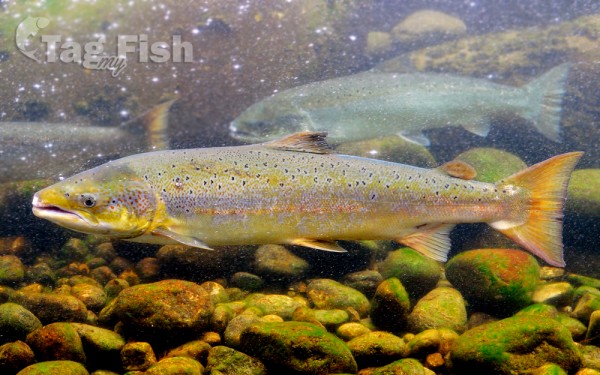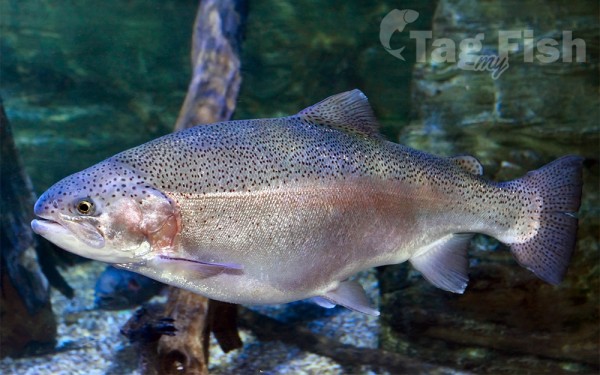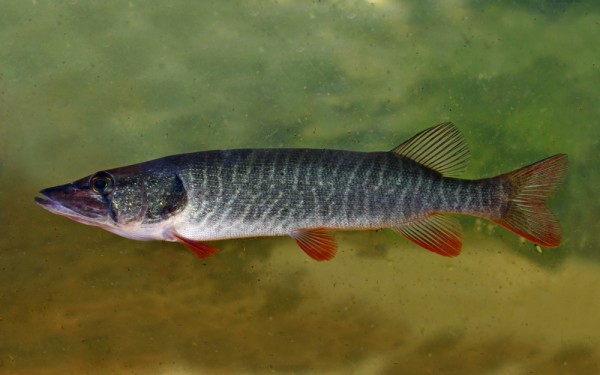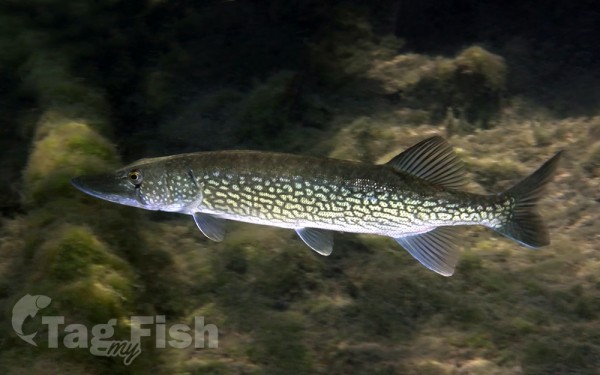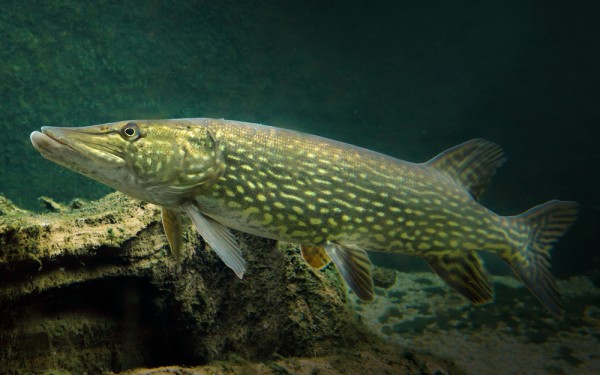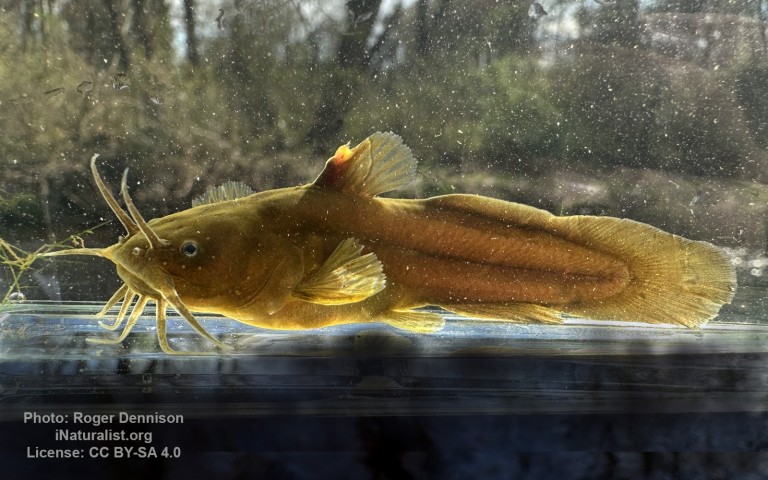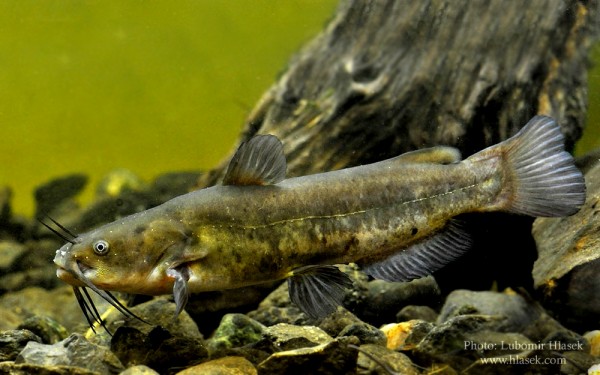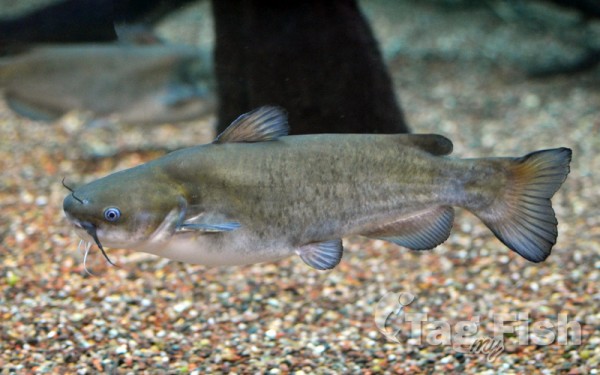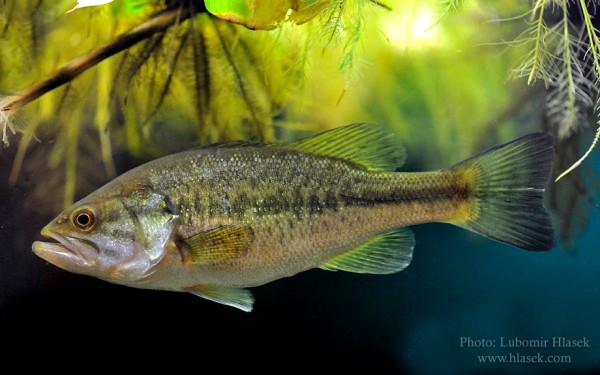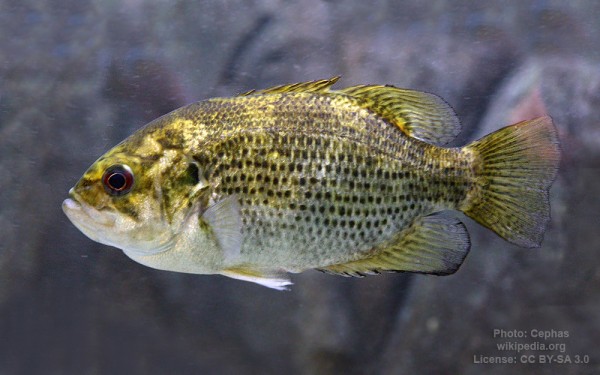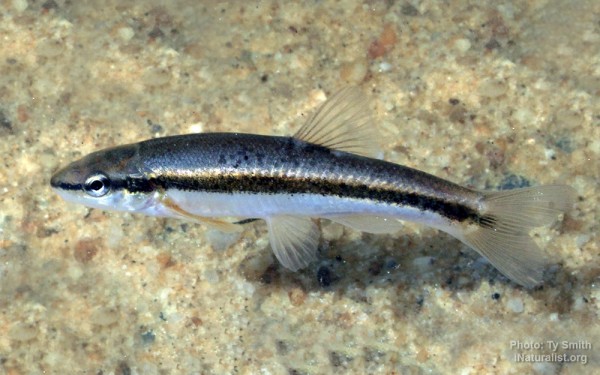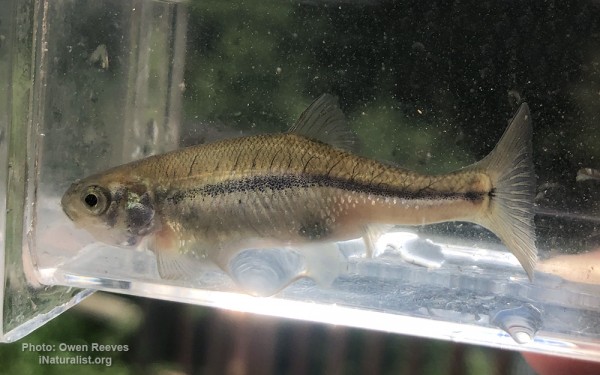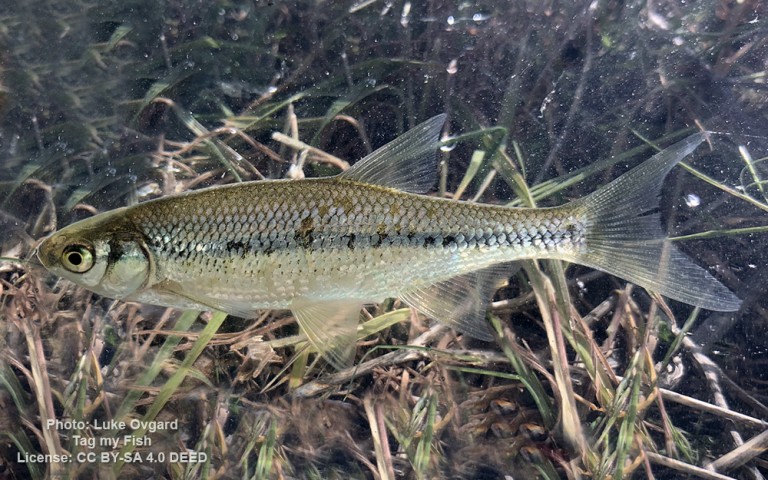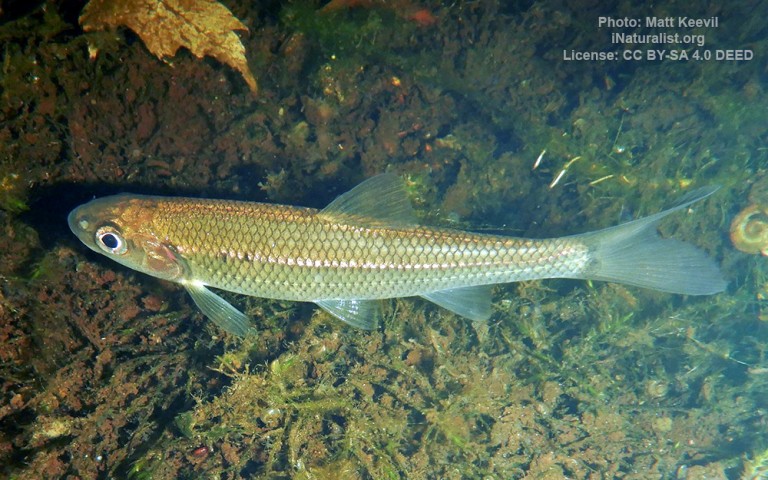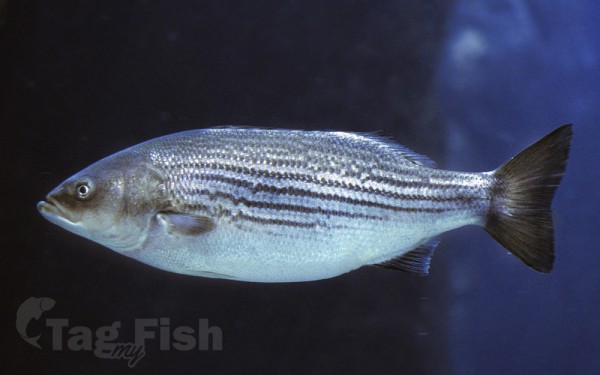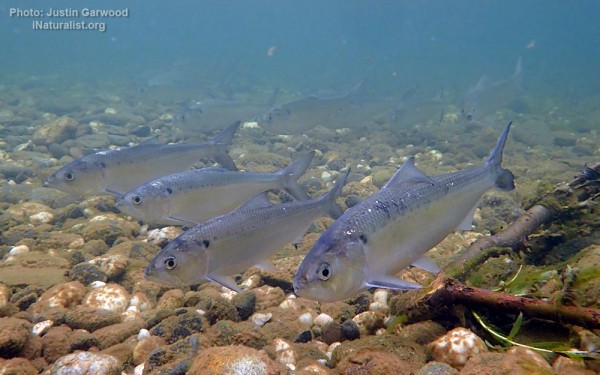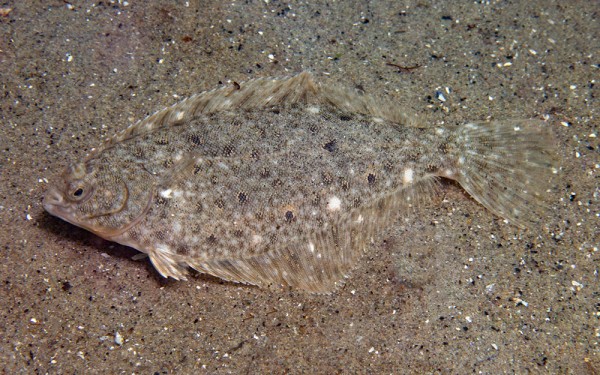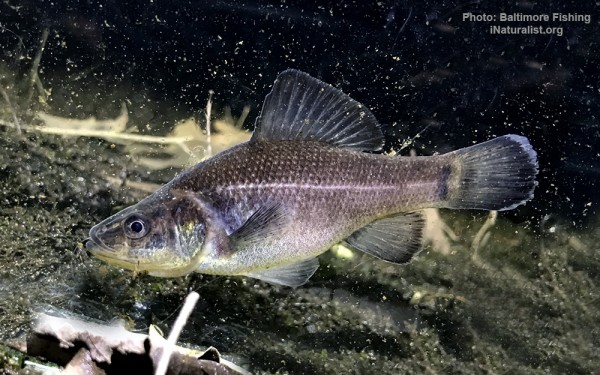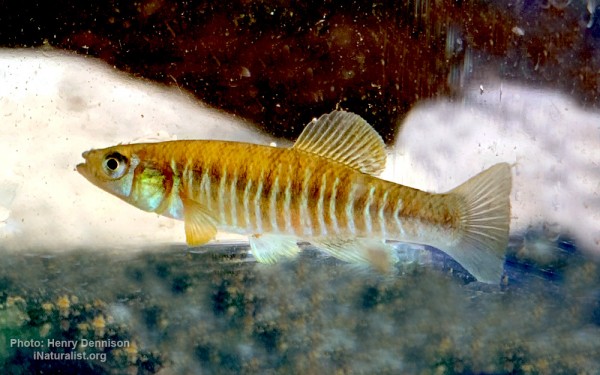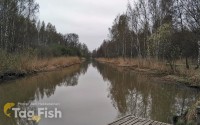Ware River
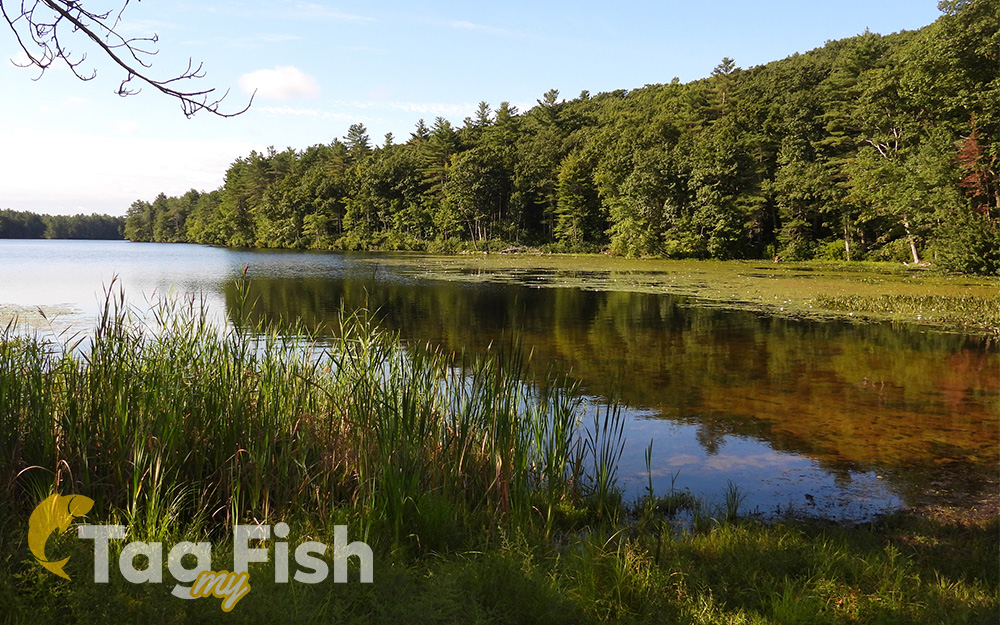
Largest tributaries
Perciformes - Perches
Salmoniformes - Salmons and Trouts
Esociformes - Pikes
Siluriformes - Catfishes
Centrarchiformes - Basses and sunfishes
Cypriniformes - Carps
Acipenseriformes - Sturgeons and Paddlefish
Moroniformes - Temperate basses
Clupeiformes - Herrings
Pleuronectiformes - Flatfishes
Percopsiformes - Trout-perches
Cyprinodontiformes - Toothcarps
Petromyzontiformes - Lampreys
Perciformes - Perches
Salmoniformes - Salmons and Trouts
Esociformes - Pikes
Siluriformes - Catfishes
Centrarchiformes - Basses and sunfishes
Cypriniformes - Carps
Acipenseriformes - Sturgeons and Paddlefish
Moroniformes - Temperate basses
Clupeiformes - Herrings
Pleuronectiformes - Flatfishes
Percopsiformes - Trout-perches
Cyprinodontiformes - Toothcarps
Petromyzontiformes - Lampreys
The Ware River is a 35.4-mile-long (57.0 km) river in central Massachusetts. It has two forks, its West Branch, which begins in Hubbardston, Massachusetts, and its East Branch, which begins in Westminster, Massachusetts. The Ware River flows southwest through the middle of the state, joins the Quaboag River at Three Rivers, Massachusetts, to form the Chicopee River on its way to the Connecticut River.
The Brigham Pond Dam, forming a pond of the same name, first impounds the West Branch of the Ware River in Hubbardston. The East Branch of the River originates north of Bickford Pond in Westminster, near the adjoining town of Princeton. Much of Hubbardston lies within the Ware River watershed and feeds tributaries of the Ware and Millers rivers, the Millers River running generally west, and the Ware River running generally southwest. The Ware River is part of the Massachusetts Water Resources Authority drinking water system serving the greater Boston area. There is also a flood control dam on the Ware River in Hubbardston and Barre. This dam was constructed by and is maintained by the US Army Corps of Engineers. Large sections of the Ware River Watershed are owned and/or maintained by the Massachusetts Department of Conservation and Recreation including 22,000 acres in the vicinity of the dam.

